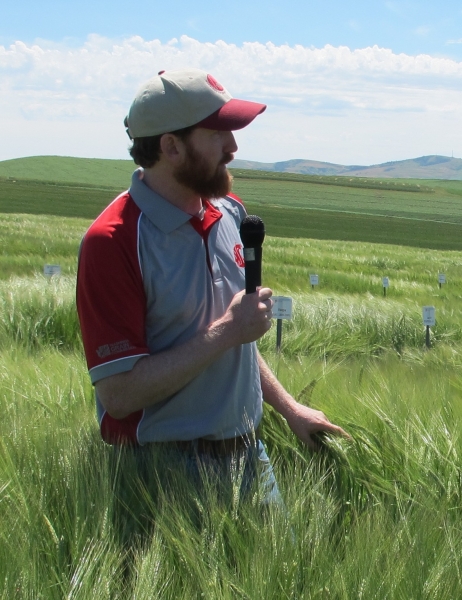Breeding disease-resistant heirloom-quality tomatoes
The object is to breed disease-resistant heirloom-quality tomatoes, especially those resistant to late blight and a number of other diseases. I have already crossed ten premiere heirloom tomato varieties—full-size red, pink, black, orange, and paste types—to the hybrid ‘Iron Lady’, which is resistant to late blight and a number of other relevant diseases. And I have developed the second-generation (F2) populations from each of these ten crosses.

 Researchers from Washington State University have been breeding and selecting hulless food barley types for almost a decade with the goal of releasing high yielding, nutritious barley varieties in this novel market class. Now in the final stages of this project, they will work to identify the advanced breeding lines most adapted to organic farmers in Washington State and Northern Idaho. In addition, the researchers propose to develop a truly comprehensive nutritional evaluation and a flavor profile of
Researchers from Washington State University have been breeding and selecting hulless food barley types for almost a decade with the goal of releasing high yielding, nutritious barley varieties in this novel market class. Now in the final stages of this project, they will work to identify the advanced breeding lines most adapted to organic farmers in Washington State and Northern Idaho. In addition, the researchers propose to develop a truly comprehensive nutritional evaluation and a flavor profile of